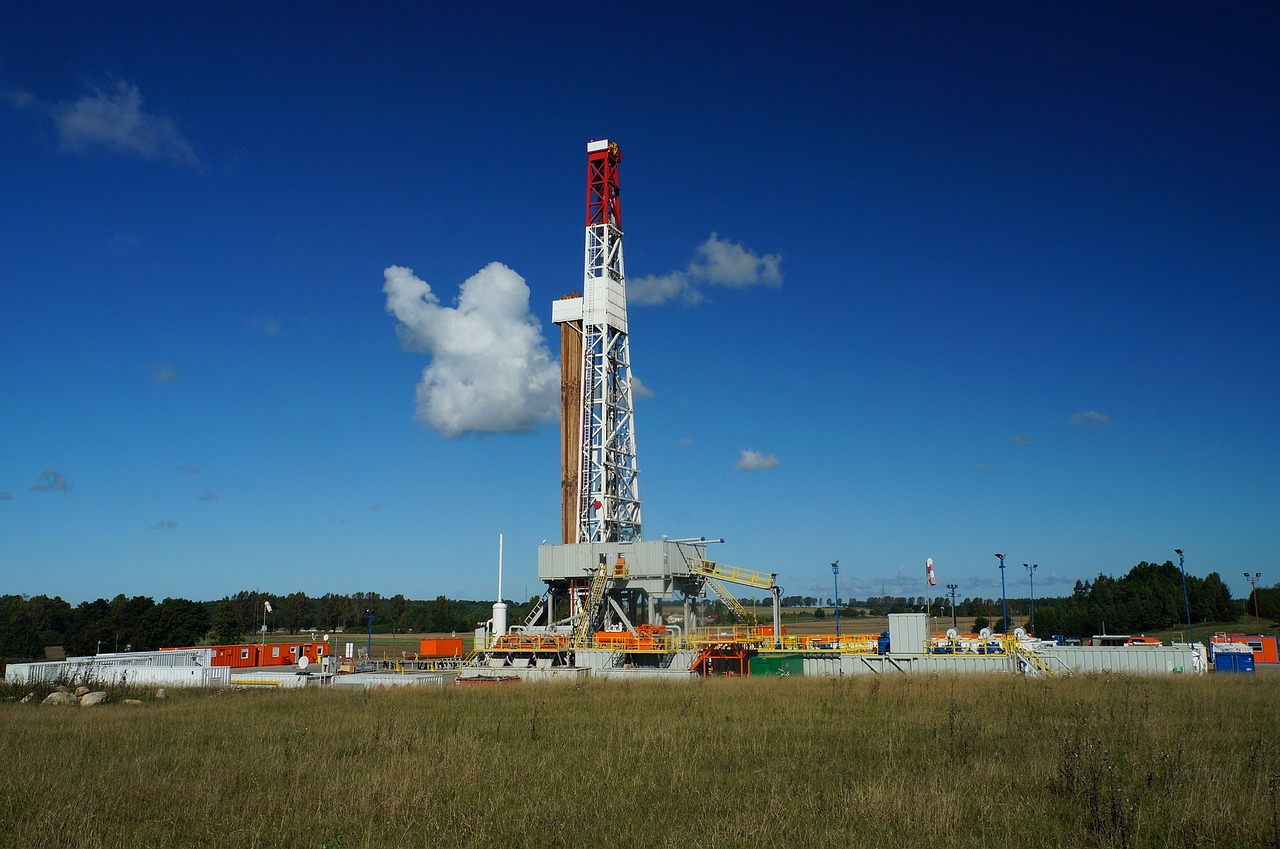
In the dynamic landscape of the oil and gas industry, precise temperature sensing plays a crucial role in ensuring operational efficiency, safety, and compliance. Thermocouples, known for their reliability and versatility, are widely employed for temperature measurement in this demanding sector. This blog will delve into the various types of thermocouples, the design structures used for temperature sensing, and the diverse applications within the oil and gas industry.
Types of Thermocouples:
1. Type K Thermocouples:
- Comprising chromel and alumel wires, Type K thermocouples are popular for their wide temperature range and accuracy. They find applications in various stages of oil and gas production, from drilling to refining.
2. Type J Thermocouples:
- Constructed with iron and constantan wires, Type J thermocouples are suitable for lower-temperature applications. They are often utilized in equipment monitoring and control systems.
3. Type E Thermocouples:
- Combining chromel and constantan, Type E thermocouples are known for their high accuracy in the lower temperature range. They are employed in specific applications where precise temperature control is critical.
Design Structures for Temperature Sensing:
1. Sheathed Thermocouples:
- Encased in protective sheaths made of materials like stainless steel, these thermocouples are designed for durability in harsh environments. They are commonly used in oil and gas processing plants.
2. Mineral Insulated Thermocouples:
- Featuring a rugged construction with mineral insulation, these thermocouples offer high resistance to vibration and mechanical stress. They are suitable for use in drilling operations.
3. Flexible Thermocouples:
- Built with flexible materials, these thermocouples are ideal for applications where bending and maneuverability are essential. They find use in exploration equipment and mobile rigs.
Applications in the Oil and Gas Industry:
1. Wellbore Monitoring:
- Thermocouples are deployed in wellbores to monitor downhole temperatures, providing crucial data for optimizing drilling processes and ensuring equipment integrity.
2. Refinery Processes:
- Sheathed thermocouples play a pivotal role in refining operations, where accurate temperature control is essential for maintaining the efficiency of distillation and cracking processes.
3. Pipeline Monitoring:
- Flexible thermocouples are utilized for continuous monitoring of pipeline temperatures, helping detect potential issues such as leaks or overheating.
4. LNG Production:
- In the liquefied natural gas (LNG) production process, thermocouples assist in maintaining the required temperatures for liquefaction and storage.
5. Offshore Platforms:
- Thermocouples are employed in various components of offshore platforms, including engines, turbines, and heat exchangers, ensuring optimal performance in challenging marine environments.
Conclusion:
As the oil and gas industry continues to evolve, the role of thermocouples in temperature sensing remains paramount. The diverse types and designs of thermocouples cater to the industry’s specific requirements, from exploration and drilling to refining and distribution. Understanding these applications and choosing the right thermocouple for each scenario is essential for maintaining the efficiency, safety, and reliability of operations in this critical sector
